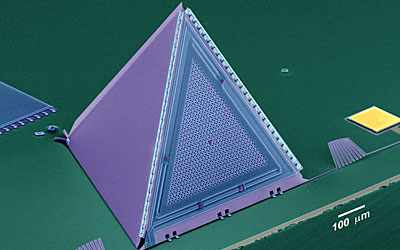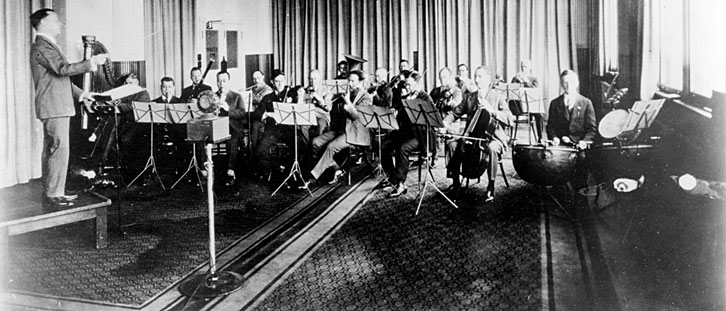
Nano mini microphone manufactured by Bell Labs

Musicians in 1925 recording a performance with a Bell Labs system to record sound onto a wax disk
Bell Labs has been awarded a Technical Grammy Award by The Recording Academy for its outstanding technical contributions to the recording field.
The award is presented to those who have made contributions of outstanding technical significance to the recording field.
From the invention of the telephone, the first device to electronically transmit and receive sound, to its more recent R&D projects for digital sound capture and delivery technologies, Bell Labs has been a consistent pioneer in both the foundational and applied technologies of modern sound recording, electronic transmission, and digital communications. Seminal Bell Labs sound and audio inventions include high fidelity recording (1925), single groove stereo recording (1933), stereophonic recording on film (1941), the laser (1958), today used in all CD and DVD players, the electret microphone (1966), and advances in audio compression to facilitate digital radio technology (1992-1999), which allows AM, FM, and satellite stations to broadcast near-CD quality music.
Research and development at Bell Labs has expanded to include audio as part of a blended multimedia experience, work on new digital compression technologies for delivering music and other medias over a wide variety of networks and devices, nano-based micro-microphones for dynamically directional, high quality sound recording, and flexible and tunable hypersensitive recording arrays for improved sound capture. Longer term research projects in this area include the investigation of new types of lasers, materials, and processing formats that have the potential to yield the next generation of high density media storage and advanced digital playback technologies.